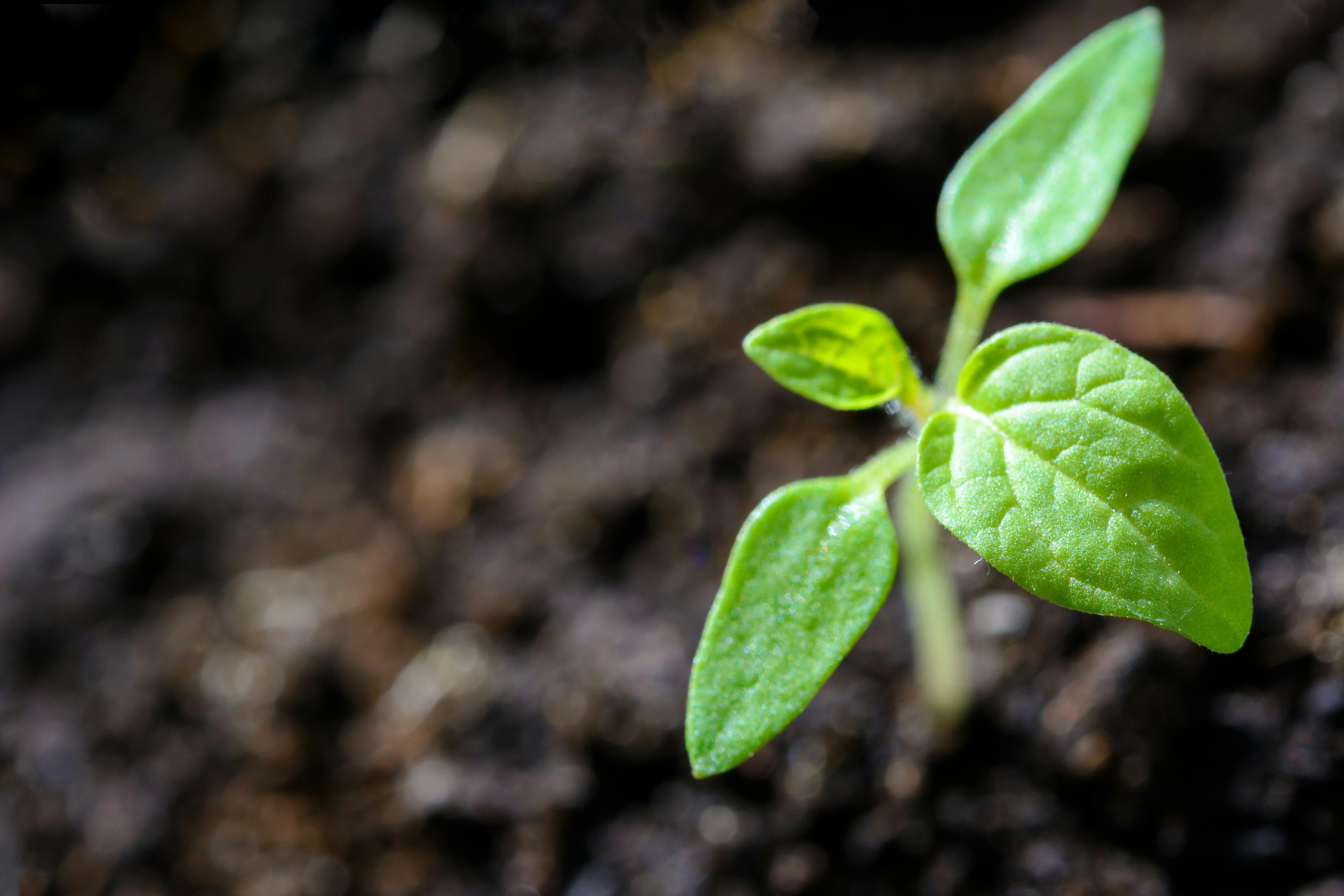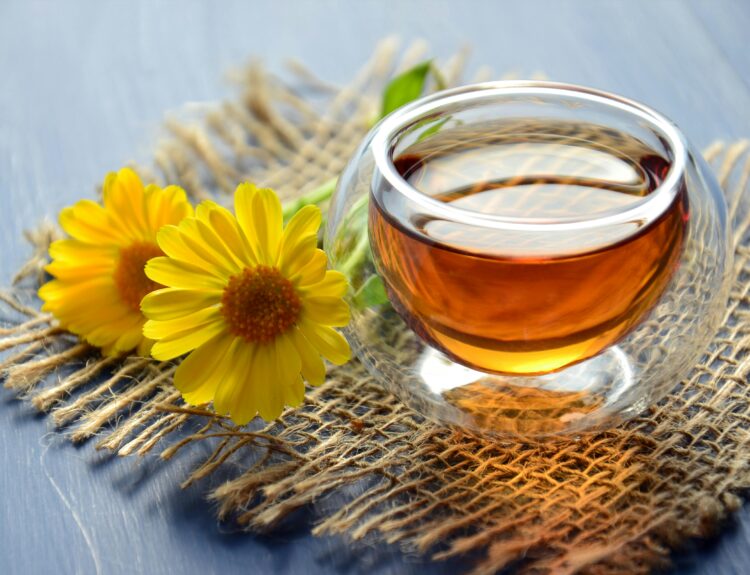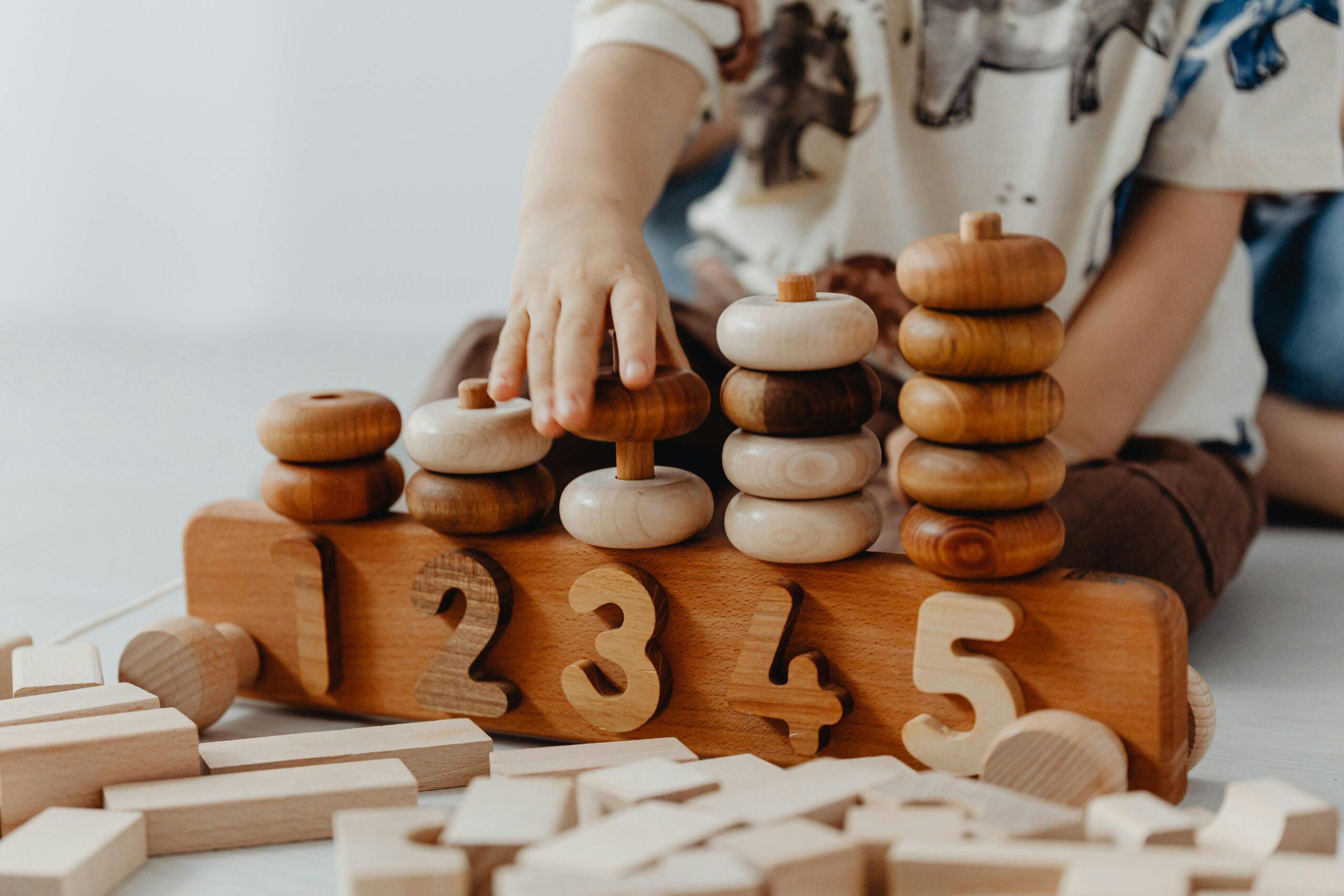Something about passing along family customs, particularly when you get to enjoy those moments with your child, helps you feel closer to your roots. Aanas, my 5-year-old son, and I recently embarked on a unique culinary journey where we prepared two classic Bengali pithas, Pati Shapta and Dudh Puli. On this particular day, these treats—which are traditional during Bengali festivals—became a representation of the relationship between my kid and me.
Cooking with children may be really enjoyable, but it can also be hectic, especially when making something as complicated as pithas. It was an event full of learning, fun, and wonderful memories that I will always treasure, even with sticky dough-covered hands and inquisitive questions about the ingredients.
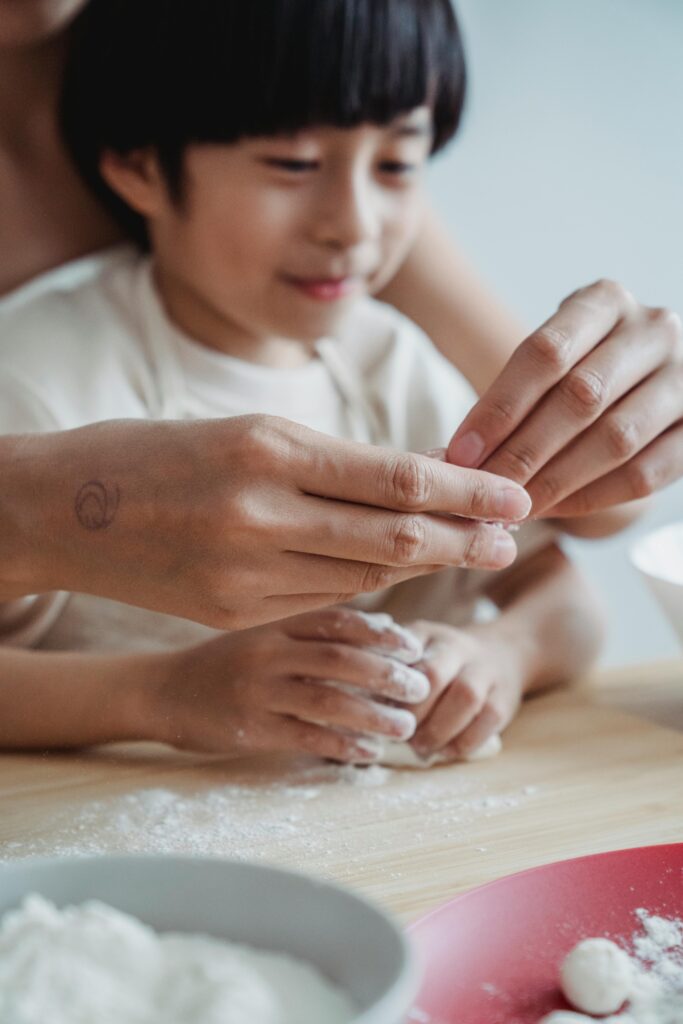
Setting the Scene: Our Journey to Create Pitha
I told Aanas a few days prior that we would be creating some unique candies from my early years. The prospect of trying something that I had enjoyed when I was his age particularly piqued his interest. So, after gathering the ingredients (milk, flour, coconut, and jaggery), we started making our pithas. I was eager to observe his reaction to the procedure.
I tried to include Aanas in as many steps as possible, even though Pithas could look hard. I was aware that our time in the kitchen would be about more than simply cooking; it would also be about making memories and educating him about our culture.

Recipe 1: Coconut-Filled Sweet Crepes (Pati Shapta)
Pati Shapta, a typical Bengali pitha composed of thin crepes filled with a delicious coconut and jaggery filling, was our first course. Given how simple it is and how quickly Aanas could assist, I felt this would be the ideal place to start.
Recipe for Pati Shapta
Filling ingredients include:
1. One cup of grated coconut
2. Half a cup of sugar or jaggery
3. Half a cup of milk
4. 1/4 teaspoon powdered cardamom
5. Batter ingredients:
6. One cup of rice flour
7. 1/4 cup of semolina
8. Half a cup of all-purpose flour
9. Two cups of milk
10. A dash of salt
Directions:
1. To make the filling: I first melted the jaggery in a pan with a little milk. Next, I added the cardamom powder and chopped coconut. The kitchen was filled with the aroma of melting jaggery, and I could see how excited Aanas was. While I managed the heat, he was responsible for stirring the concoction. Watching the jaggery melt into a gooey, caramel-like substance delighted him. We let the filling cool once it was prepared.
2. Making the Batter: The batter for the crepes was next prepared. Rice flour, milk, semolina, and all-purpose flour were stirred together. I assigned Aanas the task of whisking the batter because it needed to be thin and smooth. He took his job very seriously, making sure there were no lumps in the batter, and it’s times like these that I realize how much delight he finds in the little things.
3. Making the Pati Shapta: I poured a ladle of batter onto a heated non-stick pan and swirled it to form a thin pancake. I carefully turned it over after the edges began to lift a little. Aanas’s excitement reached its zenith at this point. He assisted me in folding the pancake into a tiny envelope and spooning the coconut filling into the center. We quickly piled our platter high with gorgeous, golden Pati Shapta after making a couple more.
His expression was amazing when it came time to eat them. “It’s so soft and sweet, Mama!” he said, taking a large bite. It was worth every bit of work.
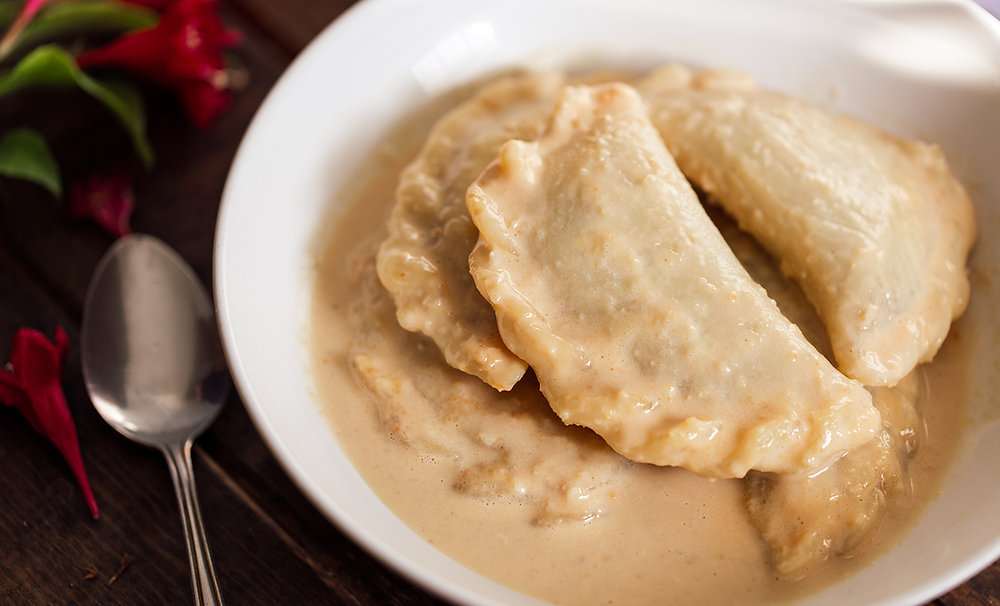
Recipe 2: Rice Flour Dumplings in Sweet Milk, or Dudh Puli
After finishing Pati Shapta, we proceeded to the somewhat more intricate Dudh Puli. These rice flour dumplings are cooked in sweetened milk after being stuffed with coconut and jaggery. I was excited to share this comfort food with Aanas because it reminds me of Bengali winters.
Recipe Ingredients for Dudh Puli:
Regarding the dough:
1. One cup of rice flour
2. A half-cup of water
3. A dash of salt
4. Regarding the filling:
5. One cup of grated coconut
6. Half a cup of jaggery
7. 1/4 teaspoon powdered cardamom
8. Regarding the milk syrup:
9. Four cups of milk
10. Half a cup of sugar
11. Two to three cardamom pods
12, One bay leaf
Directions:
1. Making the Dough: To make the dough, we first brought some water to a boil with a pinch of salt. Then, we added rice flour gradually, stirring to prevent lumps. After the dough had formed, we let it to cool a little before kneading it until it was smooth. When I handed Aanas a small piece to knead, he enjoyed squishing it between his fingers and laughing as he formed tiny balls of dough.
2. Making the Filling: We prepared the Dudh Puli filling by boiling grated coconut and jaggery until they thickened, just like we did with the Pati Shapta filling. We started the exciting process of stuffing the dumplings after the mixture had cooled. I demonstrated for Aanas how to flatten a tiny piece of dough and then scoop some coconut filling into the middle. He was rather proud of his efforts, even though his small dumplings were far from perfect. We folded the dough over to seal it.
3. Making the Dumplings: I warmed the milk with sugar, cardamom pods, and a bay leaf as we were preparing the dumplings. We delicately slipped the dumplings into the milk once it had reached a mild simmer. The pleasant perfume permeated the kitchen as they cooked. After around fifteen minutes, the dumplings were ready after plumping up and soaking in the rich, creamy milk.
A big hit was the Dudh Puli! Our culinary journey was perfectly concluded with the soft, chewy dumplings with their sweet coconut filling in the thickened, aromatic milk.
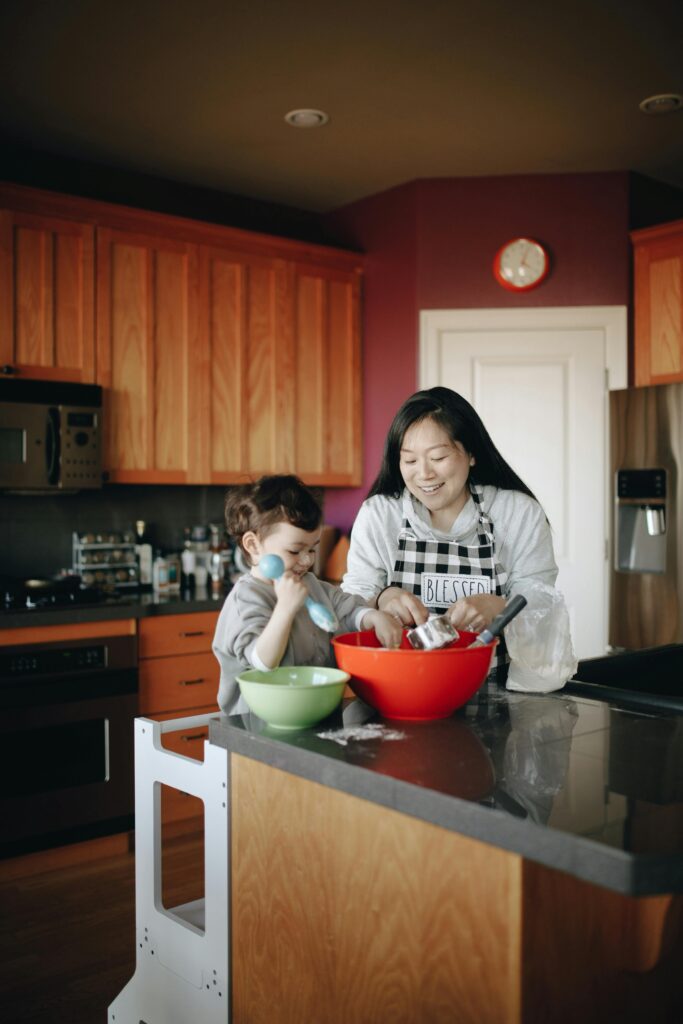
A Delightful Lesson on Customs and Community
In addition to being a delightful activity, making these traditional Bengali pithas with my son allowed me to pass on a part of my history. I felt proud of him as I watched him meticulously mould the small dumplings and stir the coconut filling. Even if he isn’t aware of it yet, these times will be etched in his memory, just as they were for me when I built pithas with my mother.
By the end of the day, the kitchen might have been a little disorganised, with sticky coconut all over the place and flour on the floor, but it was a lovely kind of chaos. We laughed, learnt, and most of all, enjoyed each other’s company for hours on end.
I urge you to try making these pithas with your children if you haven’t already. The bond you will form will make it all worthwhile, even though it may be nasty at times. Similar to our experience with Pati Shapta and Dudh Puli, the love and joy that go into each bite are more important than perfection.
Have fun in the kitchen!






